Yardi Matrix: DC’s Changing Workforce
With no signs of an economic slowdown, the outlook for multifamily is positive, but the heavy supply pipeline is expected to put a damper on rent growth in upcoming years.
Washington, D.C.’s multifamily market is teeming with growth as the new developer president prepares to hit town. The capital has attracted young professionals amid broad-based growth in the business, government, health care and education segments. With no signs of an economic slowdown, the outlook for multifamily is positive, but the heavy supply pipeline is expected to put a damper on rent growth in upcoming years.
It’s not just D.C., Northern Virginia is also seeing strong increases in rents, transaction volume and development. The new 23-mile Silver Line connecting Washington Dulles International Airport to Ashburn, Va., is helping to simplify commuting for workers in the city, boosting suburban areas even more.
The metro’s attraction extends to investors, which have bought $2.7 billion worth of apartments year-to-date after last year’s cycle-high of $3.5 billion. As a first-tier market, the metro remains a top attraction for international investment, which has caused prices to spike. Fittingly, with a real estate developer moving into the Oval Office in 2017, the apartment pipeline is a massive 172,000 units, with most supply targeted to the high end. There will be a great deal of change in Washington with a new administration, but demand for apartments will not abate. Multifamily rents grew by 3.4 percent year-over-year as of October, and we expect moderate gains to continue.


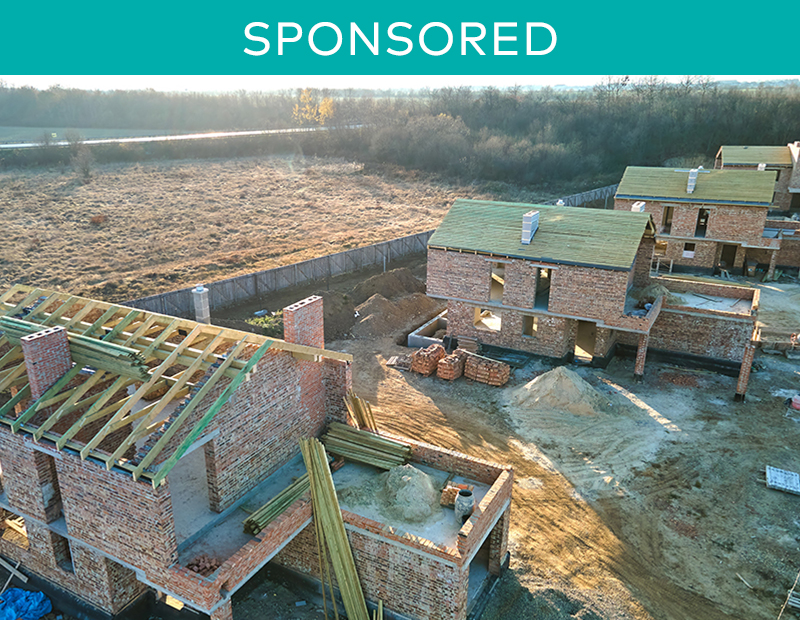

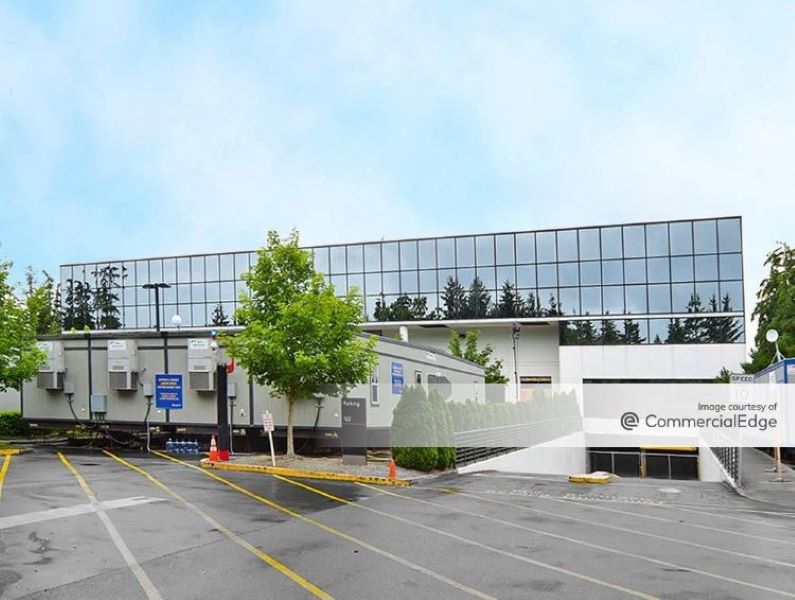
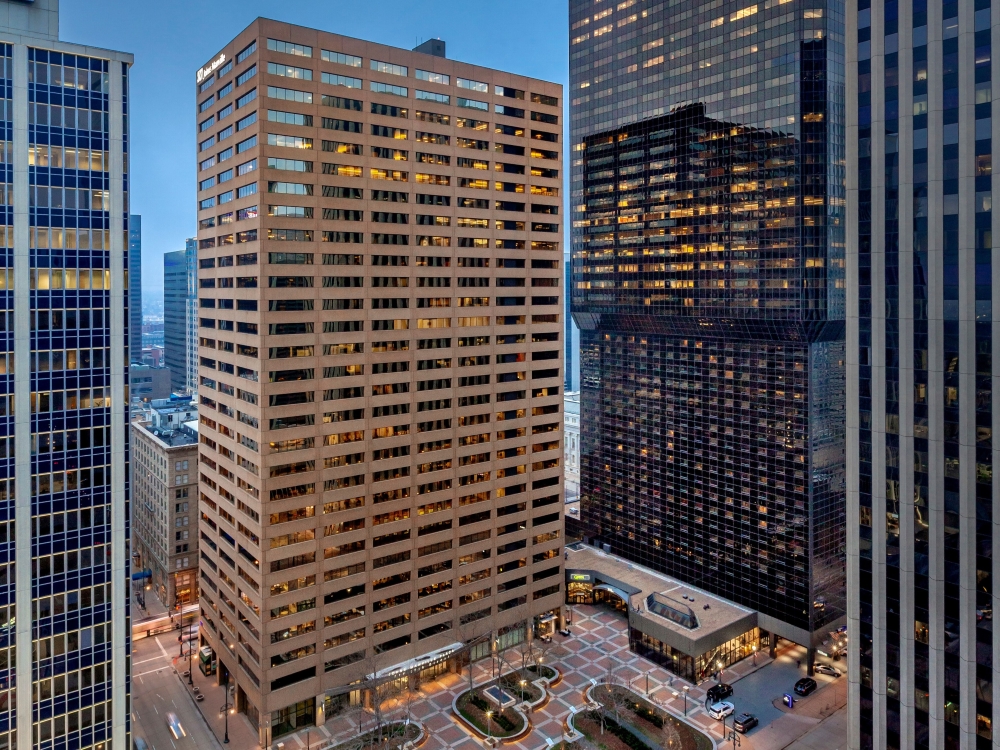
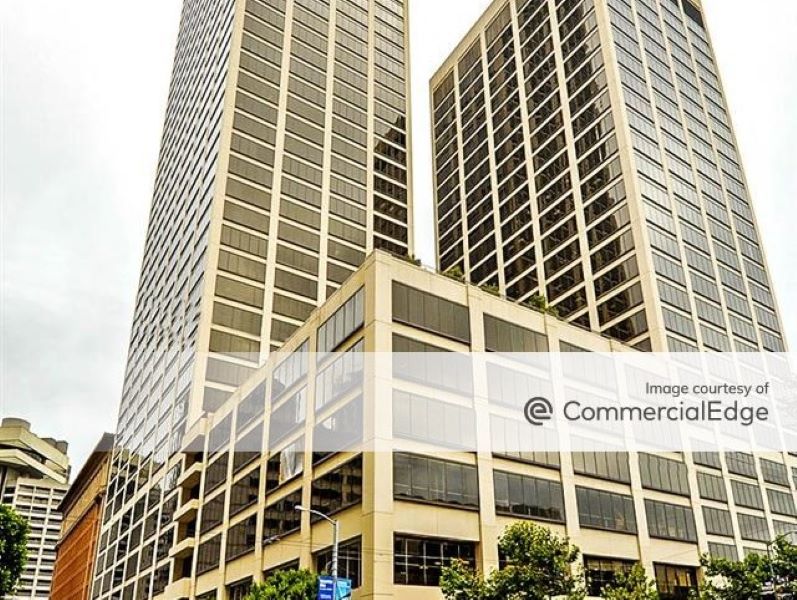
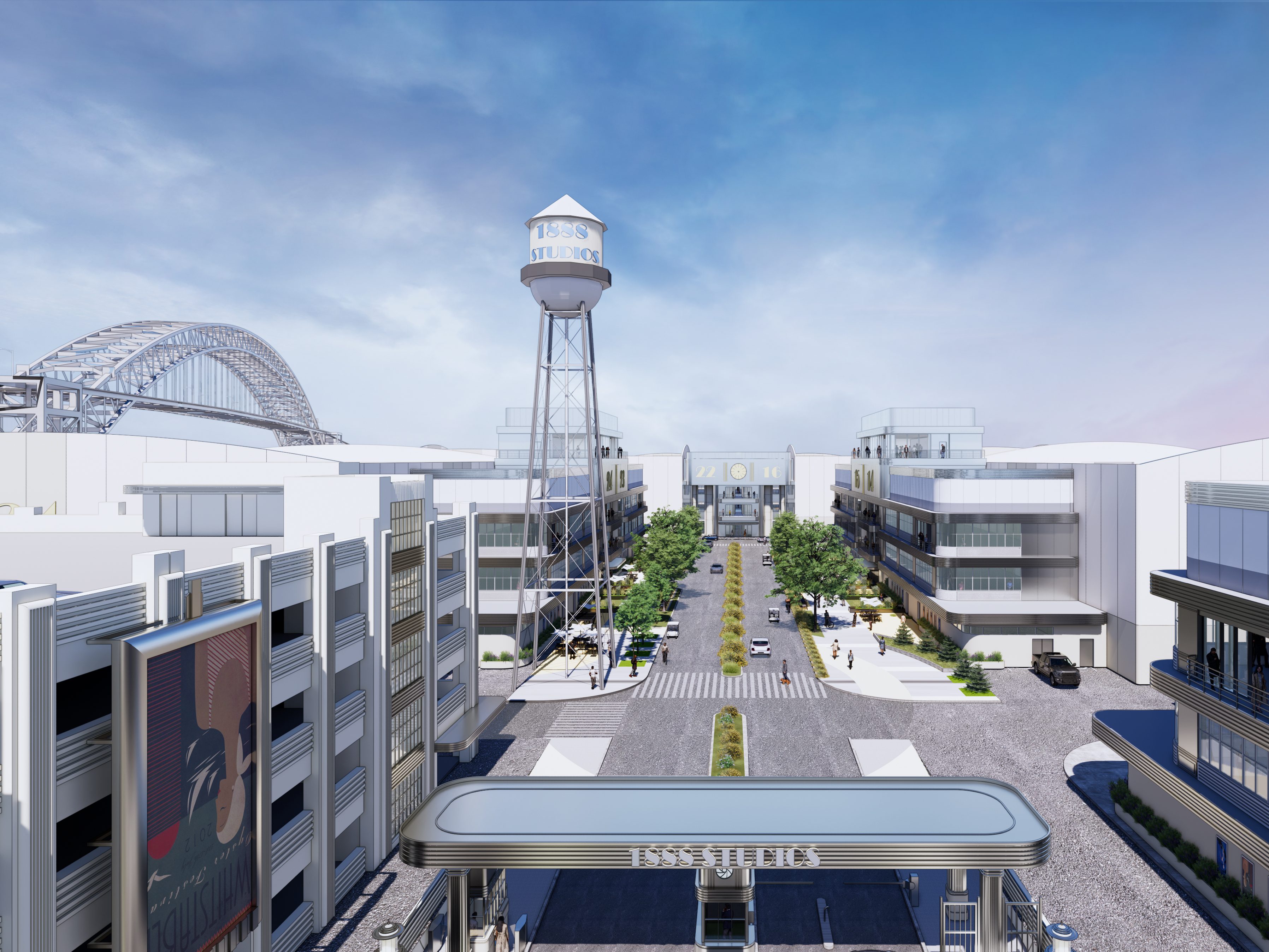
You must be logged in to post a comment.